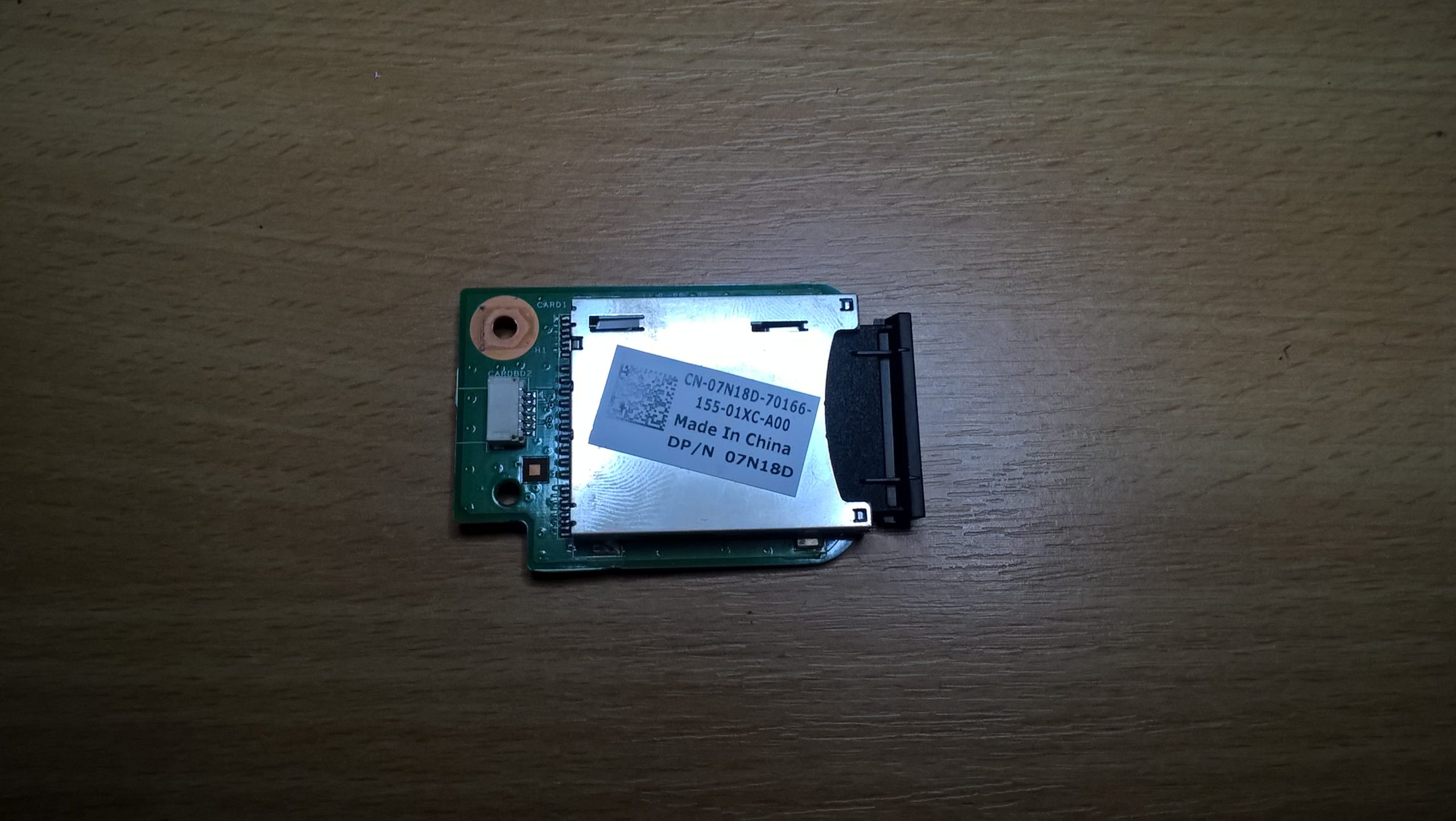Understanding Remote Assistance Logs: Is Your Computer Really Being Hacked?
In today’s digital age, anxiety about cybersecurity is common, and it’s not unusual for individuals to feel overwhelmed by the complexities of their computer systems. A recent concern voiced by my brother highlights this issue perfectly. He has been convinced for several days that his computer is at risk of being hacked after he stumbled upon some unsettling entries in the Windows Computer Management tool.
He found himself absorbed in the “Computer Management” window, particularly drawn to logs labeled “operational,” nested under various folders such as “Windows Remote Management” and “Windows Remote Assistance.” The presence of the term “remote” caught his attention and fueled his fears.
Among these operational logs, he discovered references to the Security Identifier (SID) S-1-5-18. His immediate assumption was that this indicated unauthorized remote access to his PC, interpreting the logs as hard evidence of an external intrusion.
If you, too, are trying to decipher what these logs signify and whether they represent a genuine threat to your system, you’ve come to the right place. Allow me to shed some light on this topic.
Navigating to the Logs
For those interested in exploring these logs, here’s how to find them:
- Open the Computer Management tool on your Windows 10 PC.
- In the left pane, locate the “Applications and Services Logs” folder.
- Within that folder, drill down into the “Microsoft” subfolder.
- Proceed to the “Windows” folder and then navigate to “RemoteAssistance.”
- Finally, you’ll find a file named “Operational,” which contains the logs that sparked my brother’s concerns.
What Do These Logs Mean?
It’s essential to clarify that the appearance of entries associated with the SID S-1-5-18 is not indicative of a hacker at work. Instead, this SID is related to the Local System account, which Windows uses for performing various internal functions and processes. Therefore, the activity logged under “Remote Assistance” and similar categories often pertains to standard system operations rather than malicious access.
While it is prudent to maintain awareness of your system’s behavior—especially if you notice unusual activity—it’s also crucial not to jump to conclusions based solely on log entries. Such logs are common in Windows operating systems and typically reflect routine, behind-the-scenes processes.
Should You Be Concerned?
In summary, while vigilance regarding potential cybersecurity
Share this content:



